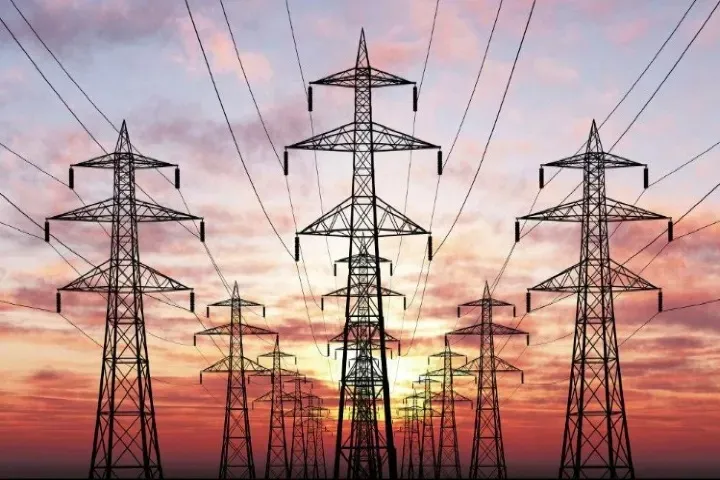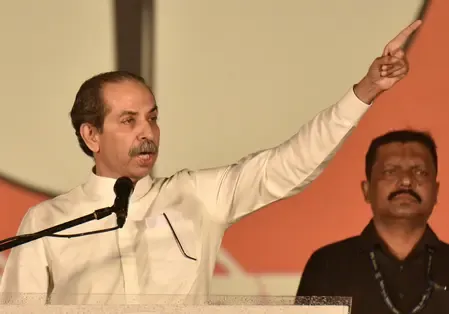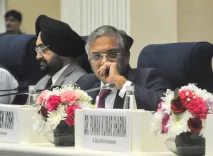How Much Has Nepal Earned from Electricity Exports to India and Bangladesh?

Synopsis
Key Takeaways
- Nepal's electricity exports reached NPR 15 billion.
- Main buyers include India and Bangladesh.
- Installed capacity is nearly 4000 MW.
- Flooding has impacted some hydropower projects.
- Future goals include significant increases in generation and export capacity.
Kathmandu, Oct 7 (NationPress) Nepal has successfully exported electricity amounting to NPR 15 billion (around INR 9.37 billion) since the start of fiscal year 2025–26 in mid-July, reinforcing the importance of electricity as a vital export for the Himalayan nation.
According to a press release from the Secretariat of Minister for Energy, Water Resources, and Irrigation, Kul Man Ghising, the nation has generated this revenue by selling approximately 1000 megawatts (MW) of electricity, mainly to India and a smaller portion to Bangladesh.
This announcement followed Minister Ghising's tour of the Load Dispatch Centre of the Nepal Electricity Authority (NEA), the state's sole power utility, after several hydropower projects suffered damage from recent floods and landslides.
Nepal has been exporting its surplus electricity—after fulfilling domestic needs—to India primarily via the Indian Energy Exchange (IEX) in both the Day-Ahead and Real-Time Markets, at competitive prices, along with bilateral medium-term power sale agreements with Indian states like Haryana and Bihar.
Moreover, the country has been supplying around 40 megawatts of electricity daily to Bangladesh, utilizing India's transmission systems.
Electricity transactions with India are conducted in Indian rupees (INR), while exports to Bangladesh are priced in US dollars (USD), enabling revenue generation in both currencies. The NEA has received authorization to export a total of 1,165 MW of electricity to India and Bangladesh together.
Although Nepal experienced extended load-shedding throughout much of the 2010s, it began its electricity exports to India in November 2021, as the country started producing surplus energy during the rainy season. Generally, Nepal exports power from late May to mid-November, aligning with periods of production exceeding domestic consumption. The NEA reports that Nepal's installed power generation capacity has now reached nearly 4000 MW.
"There is still time left in the export season, and Nepal anticipates further earnings from power exports," stated Rajan Dhakal, NEA spokesperson, to IANS. "Nevertheless, revenue from the Indian market may be impacted due to lower electricity prices in India this year, though the quantity of energy exported will be greater."
In the previous fiscal year 2024–25, Nepal accumulated NPR 17.5 billion from electricity exports, as per NEA statistics.
Despite several hydropower projects being affected by recent floods and landslides, the supply to India and Bangladesh has remained stable, Dhakal emphasized.
The Independent Power Producers’ Association, Nepal (IPPAN)—the official body representing private-sector power developers—reported on Monday that 32 hydropower projects were impacted by the floods, including 17 operational projects with a combined capacity of 180 MW and 15 under-construction projects totaling 338 MW.
"The total capacity of the hydropower projects affected by the floods is not substantial enough to hinder Nepal’s ability to export electricity," Dhakal remarked. "Also, domestic demand for power has declined due to the festive season."
Nepal has set a goal to generate 28,500 MW of power by 2035 and export 15,000 MW, with 10,000 MW earmarked for the Indian market. In January 2024, Nepal and India formalized a long-term power trade agreement, in which India pledged to purchase 10,000 MW of electricity from Nepal over the next decade.









